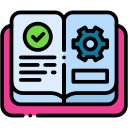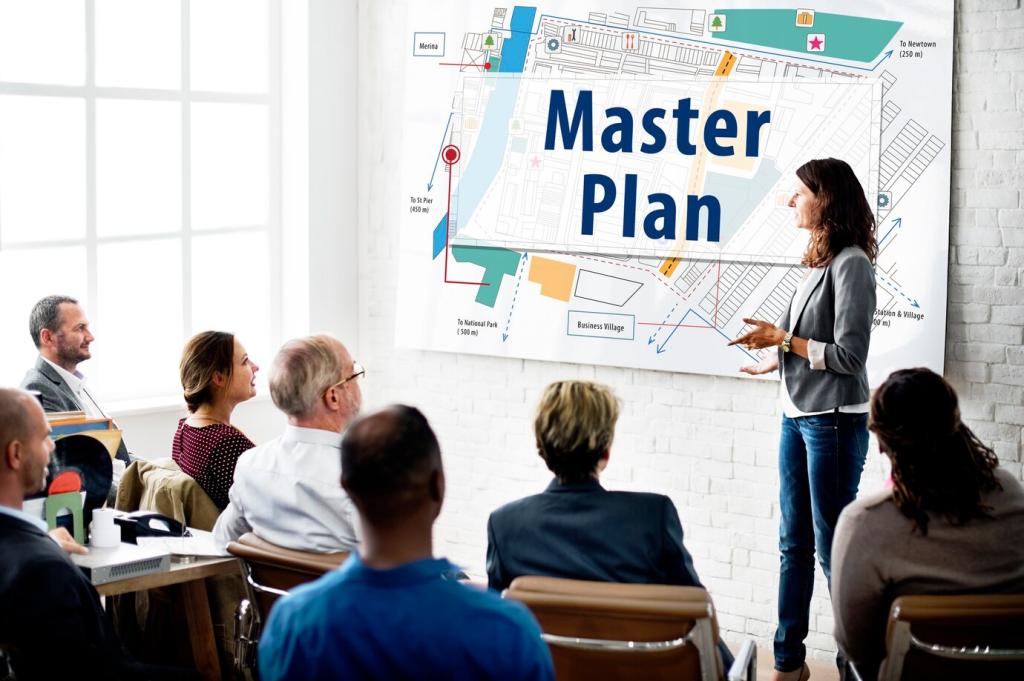Tools and Tech That Feel Invisible
Limit your stack to a video platform, collaborative board, and quiz tool. Master keyboard shortcuts and backup links. Comment with your essential trio that keeps sessions smooth, fast, and friendly for new participants.
Tools and Tech That Feel Invisible
Use captions, readable fonts, high contrast, and keyboard navigation. Offer transcripts and flexible pacing. Ask learners about needs beforehand. Share an accessibility tip that transformed inclusion in your remote training environment this year.






